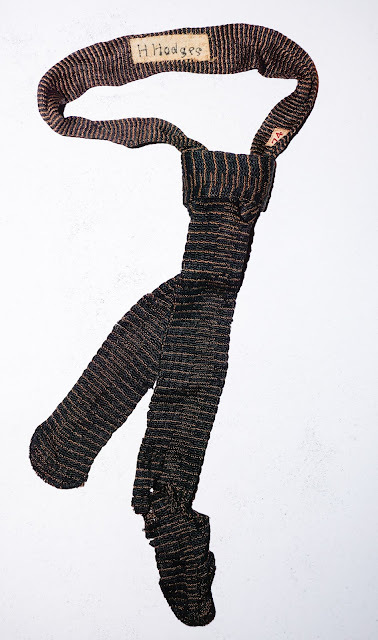Cabinets of Curiosities
 |
| "Musei Wormiani Historia", the frontispiece from the Museum Wormianum depicting Ole Worm's cabinet of curiosities. |
Cabinets of Curiosities are collections of objects: natural history, geology, ethnography, archaeology, religious or historical relics, works of art, and antiquities. The first evidences of Cabinets of Curiosities or Rooms of Wonder are from the sixteenth century. The Cabinets of Curiosity belonging to rulers, aristocrats, merchants, and scientists were the precursors of our modern museums.
 |
| Cabinet of Curiosities Exhibit at the Houston Museum of Natural Science |
In fact, the Houston Museum of Natural Science has recently installed a very popular new exhibit entitled “Cabinet of Curiosities.”
 |
| Strecker Museum Cabinets of Curiosities Exhibit at the Mayborn Museum, Baylor |
The Mayborn Museum at Baylor University has a similar exhibit, showcasing items from the earliest museum at Baylor, The Strecker Museum. Originally many of the items were without labels and explanations, leaving observers to their own wonder.
 |
| William Wordsworth 1770-1850 |
William Wordsworth, nineteenth-century poet, in the third book of his Prelude describes a cabinet of curiosity “thronged with fishes, gems, birds, crocodiles, shells, where little can be seen, well understood, or naturally endeared” as still having the power to “quicken, please, sting.” He goes on to say that “here and there a casual rarity is singled out and has its brief perusal, then gives way to others, all supplanted in their turn….yet something to the memory sticks at last whence profit may be drawn in times to come.”
 |
| Polley Exhibit at the Sutherland Springs Historical Museum |
 | ||
| Tiner Exhibit at the Sutherland Springs Historical Museum |
I hope in the coming weeks to single out things from the Sutherland Springs Historical Museum collection that will “quicken, please, or sting” and perhaps create or draw out a memory that will prove profitable.


Comments
Post a Comment